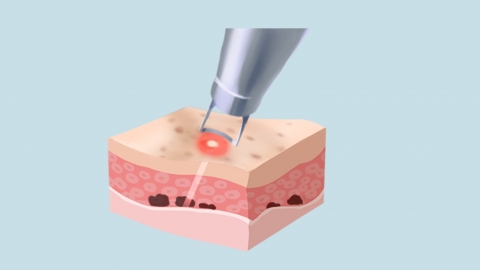How effective is laser hair removal?
Generally, laser hair removal is a method that uses light energy of specific wavelengths to penetrate to the hair follicle root, destroying the follicular tissue, thereby reducing hair growth. Its benefits include long-term hair reduction, improved skin texture, increased skin brightness, applicability to multiple body areas, and suitability for different skin tones. If desired, it is recommended to undergo the procedure under a physician's guidance. A detailed explanation is as follows:

1. Long-term Hair Reduction
Laser hair removal uses light energy of specific wavelengths to penetrate to the hair follicle root, destroying the follicular tissue, thus achieving the effect of reducing hair growth. Some individuals may require maintenance treatments once or twice annually to sustain the results.
2. Improved Skin Texture
The specific wavelengths used during laser hair removal can penetrate the epidermis and stimulate collagen regeneration, helping to improve skin texture. After treatment, the skin may become smoother and tighter.
3. Increased Skin Brightness
Laser hair removal directly targets the hair follicles, suppressing localized immune responses and reducing inflammation around the follicles, making the skin appear brighter.
4. Applicability to Multiple Areas
Laser hair removal can precisely target hair in various body areas to meet individual needs. It is applicable to multiple regions including the face, underarms, legs, back, and bikini line.
5. Suitability for Different Skin Tones
Although early laser technologies had limited effectiveness on individuals with darker skin tones, newer laser devices are better able to accommodate varying skin tones.
In addition, laser hair removal is not a permanent hair removal solution. Its long-term effectiveness varies from person to person, and maintenance treatments are typically required periodically to maintain the desired results.




